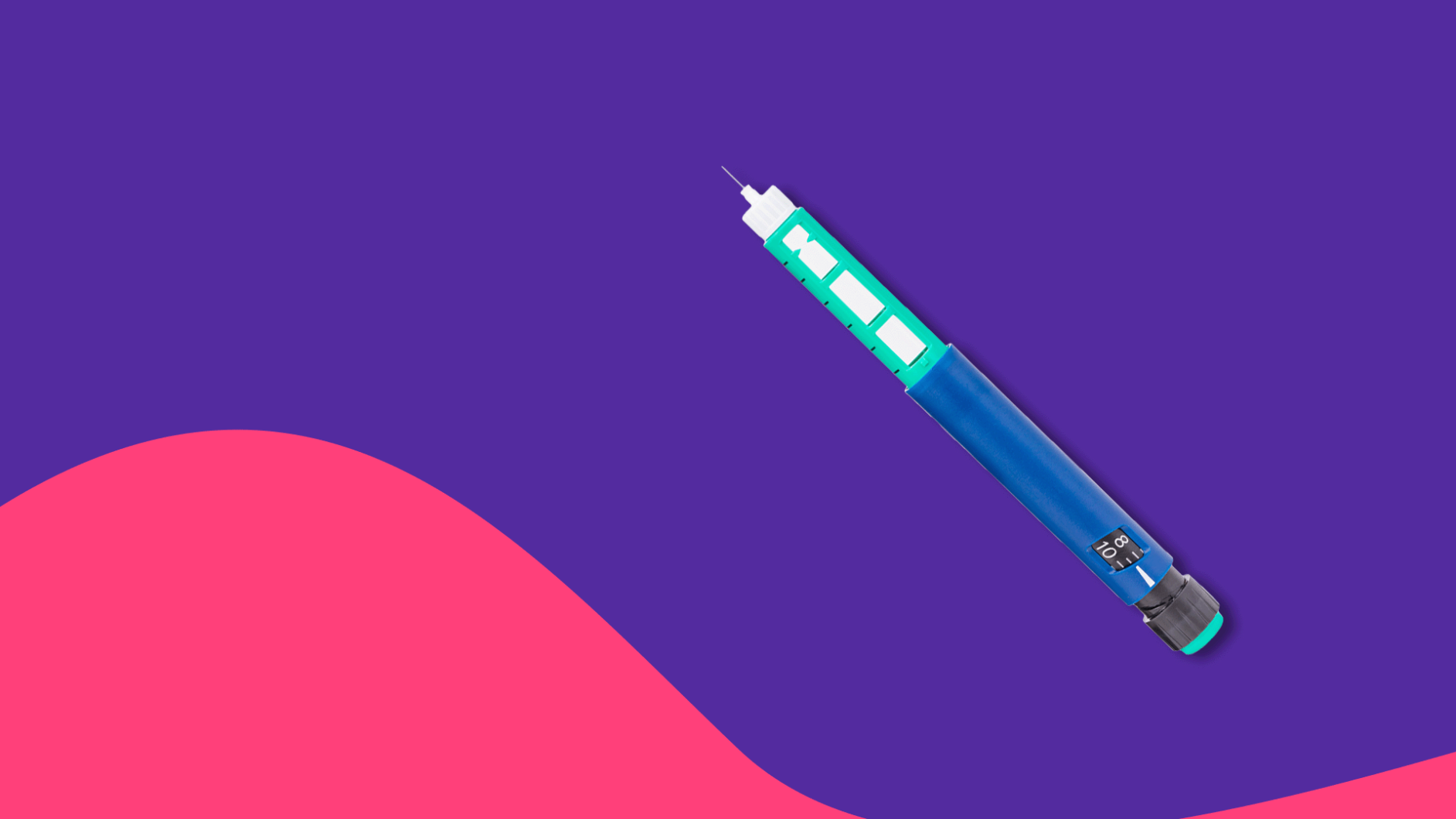Is Copaxone covered by insurance? | How much does Copaxone cost without insurance? | How to get Copaxone without insurance
Copaxone is a brand-name prescription drug that is FDA approved to treat relapsing forms of multiple sclerosis. Taken once per day or three times a week as a self-administered injection, Copaxone helps reduce MS relapses as well as disease activity during a relapse. Unfortunately, Copaxone costs more than many other medications. There is a generic version, but it, too, is high-priced. Getting Copaxone treatment without health insurance may seem like a challenge, but it is doable.
What is the generic for Copaxone?
Copaxone is a brand-name drug, but there are currently two less expensive generic versions. One is sold under the name Glatopa (which contains the active ingredient glatiramer acetate) and the other as generic glatiramer acetate. Glatopa, like Copaxone, can be taken daily as a 20 mg injection or three times a week as a 40 mg injection.
Is Copaxone covered by insurance?
Copaxone may be covered by health insurance plans and Medicare Part D plans. Some state and managed Medicaid plans may also cover Copaxone. Commercial health insurance and Medicare will help save money, but the out-of-pocket cost will depend on several factors such as the plan’s formulary, copay cost, and coinsurance. No matter what the plan, Copaxone is most likely to be classified as a specialty drug, so the copay or coinsurance could be very high, though some states put a cap on copay costs for specialty drugs.
How much does Copaxone cost without insurance?
Without insurance, the monthly cost of brand-name Copaxone treatment averages around $7,300, or $88,000 per year. The generic versions are more affordable, but not by much. A 30-day supply of Glatopa or glatiramer acetate pre-filled syringes costs about $5,800, or $70,000 annually.
Compare Copaxone prices to related drugs |
|||
|---|---|---|---|
| Drug name | Price without insurance of brand-name drug | SingleCare price | Savings options |
| Copaxone | $7,270 for 12, 1 mL of 40 mg/mL prefilled syringe | $943 for 12, 1 mL of 40 mg/mL prefilled syringe of generic glatiramer | See updated prices |
| Generic Copaxone (glatiramer) | $5,821 for 12, 1 mL of 40 mg/mL prefilled syringe of generic glatiramer | $943 for 12, 1 mL of 40 mg/mL prefilled syringe of generic glatiramer | See updated prices |
| Glatopa | $6089 for 12, 1 mL of 40 mg/mL | $943 for 12, 1 mL of 40 mg/mL prefilled | See updated prices |
| Rebif | $11,776 for 12, 0.5 ml of 44 mcg/0.5 mL prefilled syringe | $8,717 for 12, 0.5 ml of 44 mcg/0.5 mL prefilled syringe brand-name Rebif | See updated prices |
| Avonex | $9,349 for 1 box of 4 prefilled syringes | $7,414 for 1 box of 4 prefilled syringes of brand-name Avonex | See updated prices |
| Mayzent | No coupons at this time. Check back periodically. | More details |
Prescription drug prices often change. These are the most accurate medication prices at the time of publishing. The listed price without insurance references the price of brand-name drugs (unless otherwise specified). The listed SingleCare price references the price of generic drugs if available. Click the link under “Savings options” to see updated drug prices.
How to get Copaxone without insurance
At a retail price approaching $90,000 a year, Copaxone is challenging to afford without health insurance coverage. Unfortunately, Teva, the pharmaceutical company that makes Copaxone, does not currently offer a patient assistance program, rebates, or manufacturer coupons for Copaxone. These, however, are generally not the most foolproof ways to save on premium-priced medications. There is hope, however. People with MS have many options to save on glatiramer treatment, starting with a SingleCare savings card.
1. Use a SingleCare discount card
A free discount coupon from SingleCare can provide a significant discount on brand-name Copaxone—up to $1,000 per month, depending on the pharmacy. That savings can be even greater when used to purchase generic glatiramer.
2. Switch to generic glatiramer acetate
The generic versions of Copaxone cost $1,500 less per month than Copaxone itself, a savings of around $18,000 per year. A SingleCare prescription discount card cuts that price even further, reducing the cost of a 30-day supply of generic glatiramer acetate to as low as $930. Instead of paying $88,000 per year, the cost of glatiramer acetate injections drops to $11,000, a savings of over 87% with a SingleCare coupon.
3. Discuss the cost with the prescriber
It pays to have a frank discussion with the prescribing healthcare professional about the cost of treatment. The prescriber, usually a neurologist, is often very familiar with the problems patients face with MS drug costs. The prescriber may also have medical advice about more affordable alternative treatment options or resources that can help make MS drugs more affordable.
5. Get health insurance
For higher-priced medications like Copaxone, a health insurance policy may be a good deal when compared to the annual cost of the drug. What’s more, the companies that manufacture Copaxone and Glatopa offer copay assistance, but only for those who are insured. Talk to a consultant or agent first, however, to make sure the insurance plan covers Copaxone with a manageable copay.
6. Enroll in Medicaid
If health insurance is too difficult to afford, consider enrolling in Medicaid. Generic Copaxone or similar MS drugs may be covered at a low copay. So will medical visits and procedures. Each state has different eligibility requirements, enrollment procedures, and additional information. Again, talk to a representative to make sure the plan covers glatiramer.
7. Talk to MS nonprofits and foundations
No matter what, call MS foundations and nonprofits and talk to a representative. These organizations have a lot of experience helping people manage MS drug costs. They also can direct people to resources that not only help pay for needed prescription medicines but treatment and medical devices, as well.











